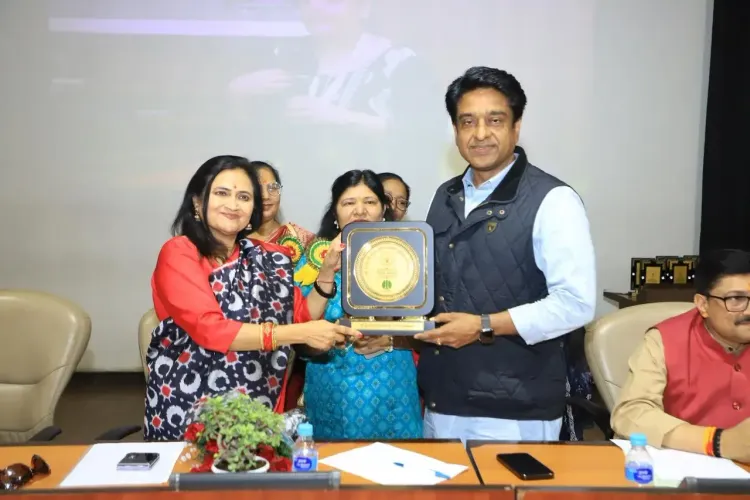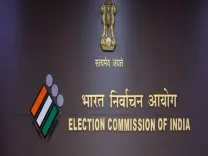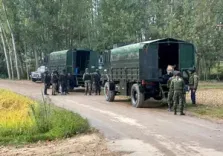NDMC to Implement Modular Rainwater Harvesting to Mitigate Waterlogging: Kuljeet Singh Chahal

Synopsis
Key Takeaways
- NDMC adopts modular pit technology for rainwater harvesting.
- 27 major locations identified for combating waterlogging.
- 272 RWH pits already developed, with 95 new pits constructed.
- Community participation emphasized for effective water conservation.
- Innovative technology enhances sustainability and cost-effectiveness.
New Delhi, March 18 (NationPress) The NDMC is preparing to adopt modular pit technology for rainwater harvesting, which will be utilized to address waterlogging issues at 27 critical locations, reinforcing its dedication to sustainable water management, stated the Council’s Vice Chairman Kuljeet Singh Chahal.
Chahal mentioned that the NDMC has recognized 27 significant waterlogging sites, including Purana Quila Road, Golf Link, Lodhi Colony, Africa Avenue, AIIMS Flyover, BKS Marg, Connaught Place, and Vinay Marg, where rainwater harvesting (RWH) installations are planned to alleviate waterlogging and promote water conservation.
He informed that the NDMC has already established 272 RWH pits, consisting of 167 conventional pits and 105 modular pits. Furthermore, 182 RWH pits have been maintained, with full upkeep expected to be finalized by May 30.
To bolster conservation initiatives, 95 new RWH pits, each with a capacity of 30 Kilo Litres, have been constructed, he stated.
Chahal announced the introduction of new technology after participating in a meeting focused on waterlogging prevention and the “Jal Sanchay – Jan Bhagidari” Initiative, conducted by the Ministry of Jal Shakti, Department of Water Resources.
During the meeting, Chahal underscored the significance of community participation in water conservation and stressed the necessity for a collective commitment from all involved parties.
He noted that in 2021, the “Catch the Rain” campaign was launched by Prime Minister Narendra Modi with the theme “Jal Shakti Abhiyan: Catch the Rain” to encompass all blocks (both rural and urban) nationwide.
The meeting, chaired by Union Minister of Jal Shakti C.R. Patil, included Keshav Chandra, Chairman NDMC, along with senior officials from the Central Water Commission (CWC), National Water Mission (NWM), Central Ground Water Board (CGWB), and other essential stakeholders.
NDMC Chairman Keshav Chandra delivered a comprehensive presentation outlining key strategies for effective flood management and rainwater conservation in the NDMC region.
To maximize rainwater usage, the NDMC has initiated rainwater harvesting (RWH) projects throughout its jurisdiction, employing Modular Rainwater Harvesting (RWH) pits utilizing cross wave technology—an economical and environmentally friendly method for collecting rainwater.
These pits necessitate minimal bricks and cement use, thereby lowering construction costs, and utilize polypropylene modules wrapped in geotextile for enhanced water quality.
Chahal mentioned that the load-bearing structures facilitate dual land use for parking or parks, and their high void ratio ensures 95 percent water storage capacity. Water collected through RWH pits will be employed for groundwater recharge, fountains, beautification projects, and maintaining green spaces across NDMC areas.
To tackle waterlogging, the NDMC has positioned dewatering pumps in flood-prone areas and improved collaboration with CPWD, PWD, I&FC, NBCC, and Railways. A Standard Operating Procedure (SOP) has been created to ensure a well-coordinated response before and during the monsoon.
Additional measures comprise 24x7 CCTV monitoring through the Integrated Command and Control Centre (ICCC) at Palika Kendra.








